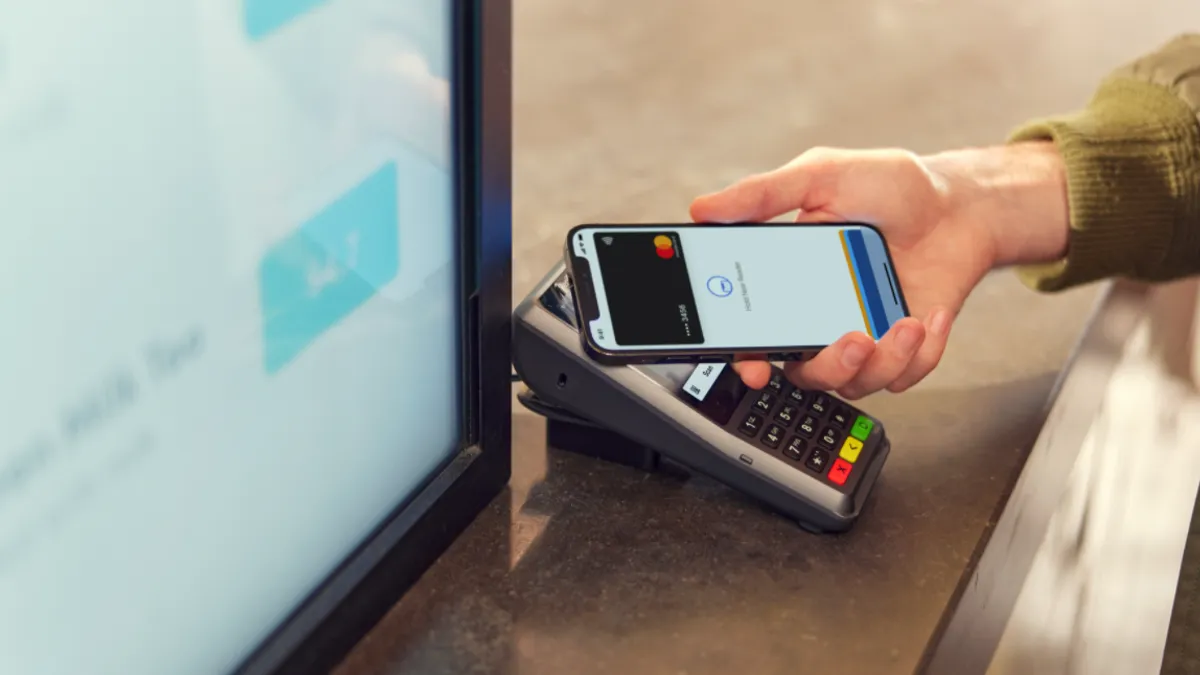How you handle payments can increase your lifetime customer value rate while lowering customer acquisition costs, making your back-office payments operation a strategic value-add, Gary Yang, senior vice president of payments company Adyen said in a SaaStr webcast.
Especially for smaller software-as-a-service (SaaS) companies, those generating maybe $10 million in annual revenue, handling payments in-house could be cost prohibitive, but as you grow, making that process part of your operations can increase your margins on each transaction.
“Imagine, if you're a SaaS business and you’re charging $200 a month to a customer, or $1,000 a month, that’s great revenue,” he said. “However, if you can also charge them 2.9% or something like that for payment processing, and get a buy rate from a [a bank] for 1.9%, you can make a 1% spread on all of that volume going through that platform. It can add up.”
Mindbody, a back-office platform for yoga studios and spas, generates about 40% of its net revenue from its payments margin, he said.
Shopify is another SaaS company that relies heavily on payment margins. The company makes about 60% of its revenue on the spread between its payment fee and what it pays in buy rate to banks, he said.
“So, you can literally double your profit by doing this,” he said.
Improving recurring revenue
One way payments can improve lifetime customer value (LTV) by lowering customer acquisition cost (CAC) is by reducing churn.
On average, 20% of online transactions fail at the payments stage, said Emily Villani, an Adyen account executive.
The credit or debit card the customer uses is expired or information on the card has changed. Those are big reasons for transaction failure, although the biggest is insufficient funds.
If there’s a way to address those problems as they’re occurring, a greater percentage of the transactions can get through without the customer having to try another card or re-enter information, Villani said. And that’s possible by changing the logic that the processing software uses.
Among other things, the processing software can do quick analyses of the time the transaction is being conducted, the part of the month, or whether the payment processor is based in North America or is local to the customer, if it’s a global transaction.
And if the payment processor uses Account Updater or an equivalent program built by one of the big card companies, like Visa or Mastercard, it’s possible for the processing software to automatically default to an updated account number.
“You use this technology behind the scenes,” Yang said. “It’s like an API call to them. They can say, ‘Hey, is that card still valid? Great, If so, you can use it. If not, here’s an updated number.’ And you can do all of that behind the scenes without the customer ever having to do anything.”
Local preferences
If you’re attracting global customers, building into your system the ability to use the favored payment method of each country is another way to reduce failed transactions, Yang said.
In China, for example, the lion’s share of online transactions use mobile wallets. In the Netherlands and in Germany, they’re mostly done by an online banking app exclusive to that country. In North America, most transactions are done using cards tied to Visa, Mastercard or other global providers.
Given these differences, if your payments system builds in the capability to use local processing providers, transactions that would otherwise fail don’t, reducing churn in the case of recurring payments.
Yang pointed to problems companies commonly face in Brazil, where only about 40% of transactions get through if the processing software doesn’t incorporate a local partner. Once you change that, he said, you can see transaction acceptance grow to 70%. “So, it’s like a 30% delta,” he said.














